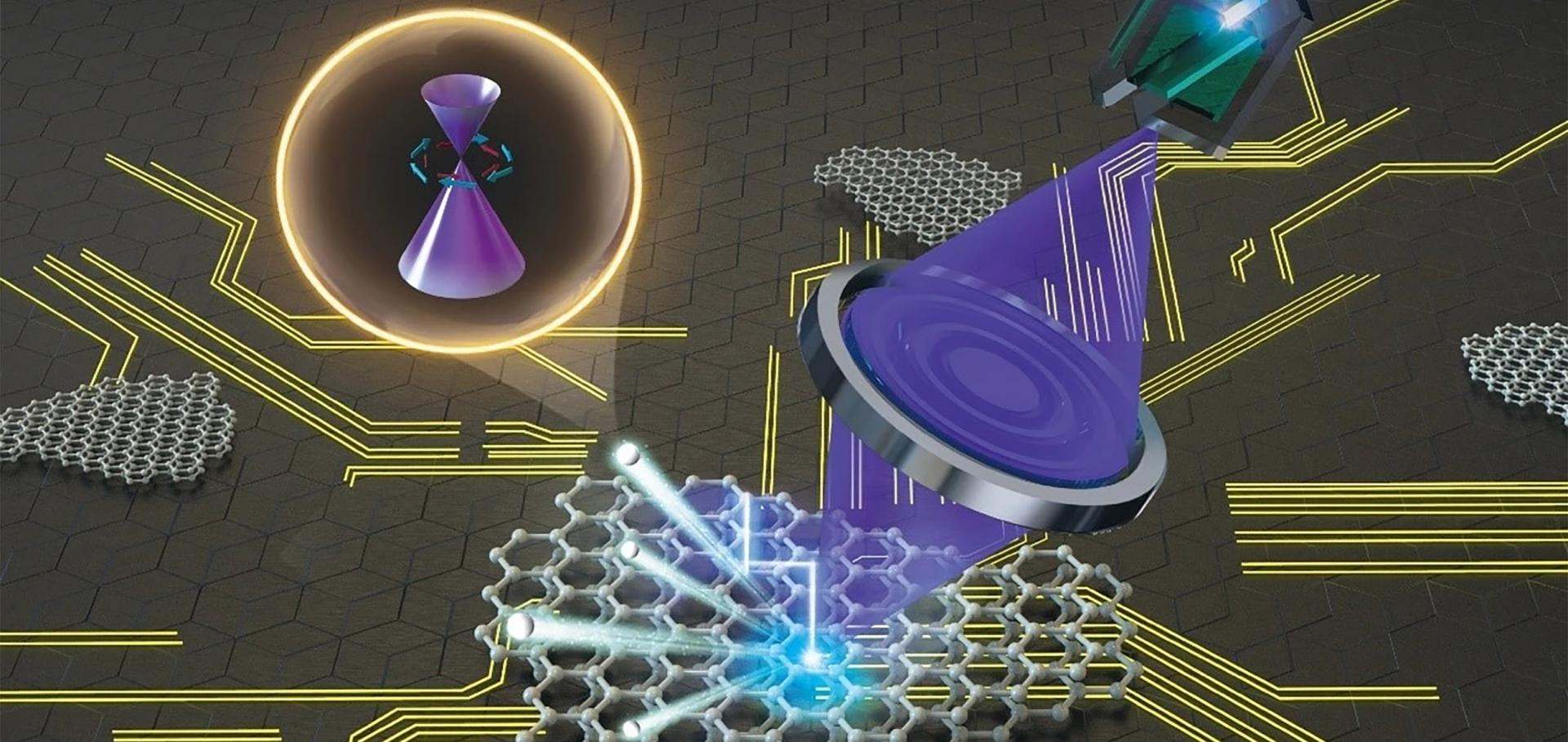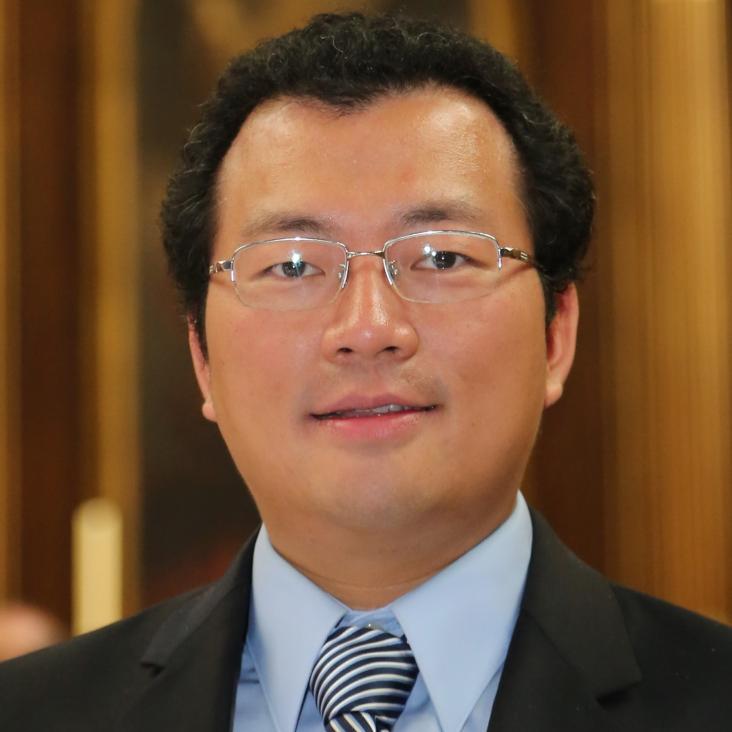Selectively enhanced photocurrent generation in twisted bilayer graphene with van Hove singularity
Nature Communications Springer Nature 7:1 (2016) 10699
Evolution of the Fermi surface of Weyl semimetals in the transition metal pnictide family.
Nature materials Nature Publishing Groupt 15:1 (2016) 27-31
Abstract:
Topological Weyl semimetals (TWSs) represent a novel state of topological quantum matter which not only possesses Weyl fermions (massless chiral particles that can be viewed as magnetic monopoles in momentum space) in the bulk and unique Fermi arcs generated by topological surface states, but also exhibits appealing physical properties such as extremely large magnetoresistance and ultra-high carrier mobility. Here, by performing angle-resolved photoemission spectroscopy (ARPES) on NbP and TaP, we directly observed their band structures with characteristic Fermi arcs of TWSs. Furthermore, by systematically investigating NbP, TaP and TaAs from the same transition metal monopnictide family, we discovered their Fermiology evolution with spin-orbit coupling (SOC) strength. Our experimental findings not only reveal the mechanism to realize and fine-tune the electronic structures of TWSs, but also provide a rich material base for exploring many exotic physical phenomena (for example, chiral magnetic effects, negative magnetoresistance, and the quantum anomalous Hall effect) and novel future applications.Experimental observation of incoherent-coherent crossover and orbital-dependent band renormalization in iron chalcogenide superconductors
Physical Review B American Physical Society (APS) 92:23 (2015) 235138
Study of Ho-doped Bi2Te3 topological insulator thin films
Applied Physics Letters American Institute of Physics 107:18 (2015) 182406
Abstract:
Breaking time-reversal symmetry through magnetic doping of topological insulators has been identified as a key strategy for unlocking exotic physical states. Here, we report the growth of Bi2Te3 thin films doped with the highest magnetic moment element Ho. Diffraction studies demonstrate high quality films for up to 21% Ho incorporation. Superconducting quantum interference device magnetometry reveals paramagnetism down to 2 K with an effective magnetic moment of ∼5 μB/Ho. Angle-resolved photoemission spectroscopy shows that the topological surface state remains intact with Ho doping, consistent with the material's paramagnetic state. The large saturation moment achieved makes these films useful for incorporation into heterostructures, whereby magnetic order can be introduced via interfacial coupling.Massive Dirac fermion observed in lanthanide-doped topological insulator thin films
Scientific Reports Nature Publishing Group 5:1 (2015) 15767


